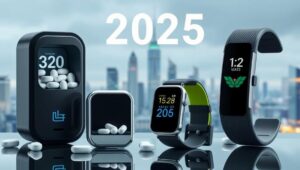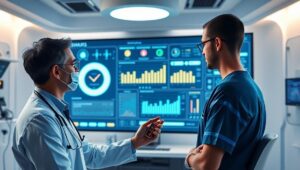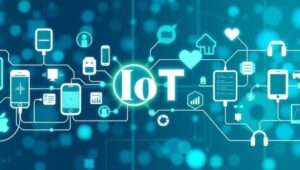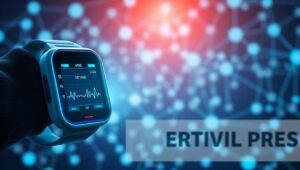May 24, 2025
Drug Management and Adherence with Smart IoT Devices (2025)
Drug Management and Adherence with Smart IoT Devices (2025) As we advance into 2025, the integration of smart IoT (Internet of Things) devices in healthcare is becoming increasingly sophisticated. One of the most promising applications is in drug management and adherence, where IoT devices are revolutionizing how patients take their medications, leading to improved health outcomes and reduced healthcare costs. The Current Landscape of Medication Adherence Medication non-adherence is a widespread problem. Studies show that approximately 50% of patients do not take their medications as prescribed. This can result in: Worsening of chronic conditions Increased hospitalizations Higher healthcare expenditures Reduced







